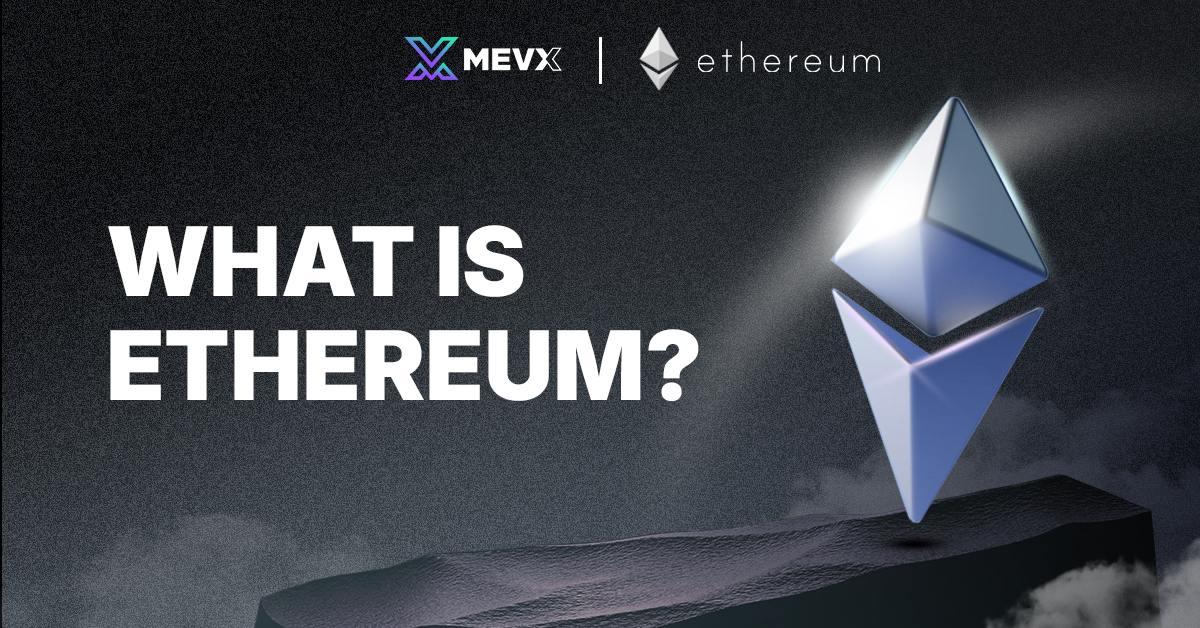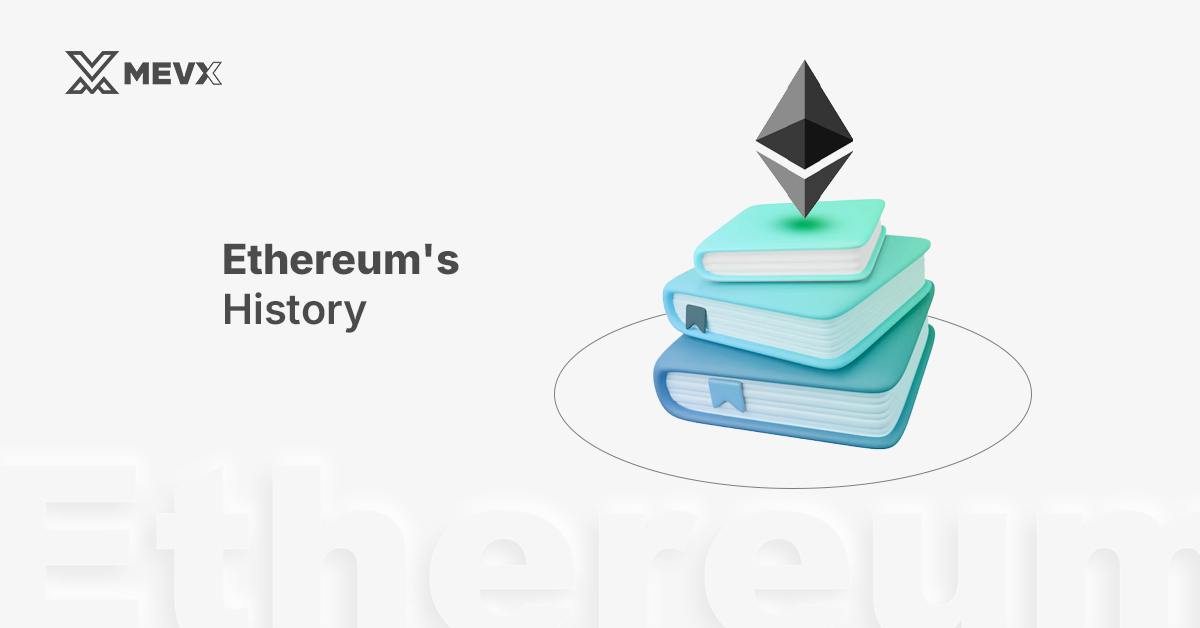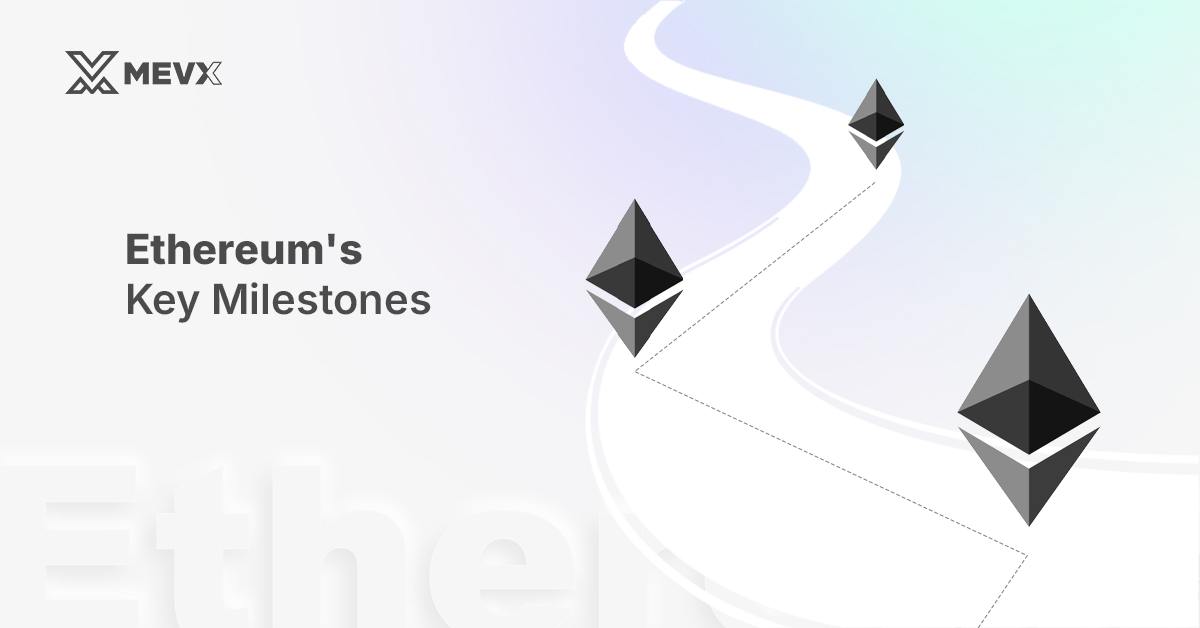In an increasingly algorithmic life enveloped in this digital space, Ethereum is an ostensibly pioneering technology in rebuilding the internet and financial systems anew. Conceived in 2015 by the great genius Vitalik Buterin and his core team of visionaries, Ethereum went live on July 30, 2015, with the formidable aspiration to build a censorship-resistant, global platform that empowers anyone to create and deploy applications with no need for traditional, centralized authorities. While Bitcoin is often called “digital gold,” Ethereum was created as a “world computer” on which programs, agreements, and transactions could function securely and self-sustainingly.
This article explores an overview of Ethereum’s origin, purpose, and key differences from Bitcoin while also comprehensively counting the milestones marking its journey so far.

What is Ethereum?
What is Ethereum?
Ethereum is a blockchain that governs, supports, and records data and facilitates transactions in a decentralized manner, making them possible transparently and securely. The main feature that distinguishes Ethereum from the rest is its support for smart contracts: self-executing contracts that automatically perform transactions when certain pre-set conditions, coded into the contract, come true. Such flexibility enables developers to build decentralized applications (DApps) that run on the Ethereum blockchain.
The blockchain utilizes its native cryptocurrency, called Ether ( ETH) to power transactions, execute smart contracts, and pay participants maintaining the network. ETH also serves as a form of currency and store of value, like Bitcoin; however, its major purpose is to fuel the operation of the Ethereum network.
The History of Ethereum
Ethereum’s story begins with the dream of Vitalik Buterin to push blockchain technology to further limitations of Bitcoin. Buterin admired the revolutionary level of Bitcoin but at the same time understood its limits. Bitcoin was designed as a purely digital currency; it had limited programmability and even the feature of being permissionless centered around peer-to-peer transactions without intermediaries. While Bitcoin was an excellent store of value, its blockchain could only execute simplistic transactions; hence, any other applications it would have were limited and non-financial.

Ethereum’s History
In 2013, Buterin released the Ethereum whitepaper, a concept for a blockchain that could run more complex applications and processes on its own. That whitepaper described a decentralized platform that would let developers make “smart contracts”-self-executing code that automatically performs tasks when pre-specified conditions are met. His proposal received wide interest from other developers and crypto-enthusiasts, leading to Ethereum’s development. That convinced some important contributors, like Gavin Wood, who proposed the programming language Solidity, and Joseph Lubin, founder of ConsenSys, to found companies to support the ecosystem.
Ethereum’s initial development was partly funded by a crowdsale in 2014, which provided one of the first high-profile token sales in cryptocurrency. The pre-sale of its token had raised more than $18 million in Bitcoin, showing that there was very strong interest in finding out about a blockchain platform for hosting decentralized applications (DApps). Ethereum launched its mainnet in July 2015, creating a new era in blockchain technology.
Ethereum has opened doors to new usages of blockchain, giving the power of developing DApps to developers from DeFi to NFTs and beyond.
Purpose of Ethereum
Ethereum’s purpose can be best understood through its commitment to building a “world computer”: a global, decentralized network wherein users can interact, exchange value, and even build applications without any central authority. Ethereum aims to pursue well-defined key principles:
1. Expanding Programmability with Smart Contracts
The most innovative feature of Ethereum is its support for smart contracts, self-executing contracts coded to perform certain actions when predetermined conditions are met. These smart contracts allow for trustless transactions and do away with intermediaries, which normally manage and validate such processes. Through these contracts, Ethereum opens the door for various decentralized applications (DApps) including finance, gaming, supply chain, and healthcare.
2. Decentralizing Applications and Organizations
Ethereum was designed to power Dapps that work independently from centralized services. In contrast to traditional architectures and databases, DApps operates on a decentralized blockchain, where data is transparent, secure, and tamper-proof. This enables the development of decentralized autonomous organizations (DAOs) with community-driven governance rather than hierarchical management.
3. Revolutionizing Industries with Transparent Solutions
Ethereum’s vision does not stop at applications but is a high-order ambition: it seeks to change how whole industries work. By making companies transparent in how they interact with their customers. Manage assets, and execute contracts, it strives to drive out inefficiencies. Cut costs, and make interactions far fairer. This core purpose is reflected well in Ethereum’s position at the forefront of creating the DeFi sector, which enables users to lend, borrow, and trade assets without intermediaries.
4. An Open, Permissionless Ecosystem
A big part of Ethereum’s purpose is its openness and permissionless nature, letting any person who has access to the internet create and interact with a DApp on Ethereum. This openness allows for a diverse ecosystem of applications and encourages developers around the world to experiment with new ideas. Ethereum has managed to develop an extremely innovative community, thereby helping to maintain its position as the most used blockchain for application building and token issuance.
5. Community-Centric Development
Unlike most centralized platforms, Ethereum is developed through the active contribution of a global community of developers, miners, and users who are consistently working for its betterment. These participants discuss, propose, and vote on network changes through the decentralized governance process to make sure it involves answering the needs of its users, rather than being driven by top-down decisions. Ethereum Improvement Proposals (EIPs) are the formal mechanism whereby the community proposes upgrades, ensuring that as the network grows, it stays true to its foundational mission of being open and decentralized.
Ethereum versus Bitcoin
While both Bitcoin and Ethereum represent open-source, decentralized platforms, they differ in purposes and functionalities in the following aspects:
- Purpose: Bitcoin is positioned as “digital gold” and a decentralized currency. Ethereum, in contrast, is more of a “world computer” on which applications could run autonomously.
- Transaction Speed: Ethereum creates a block in about 10-15 seconds and allows faster transaction times compared to Bitcoin’s average of 10 minutes.
- Scripting Language: Ethereum uses a Turing-complete language in its scripting function, which allows it to support more complex contracts. Bitcoin only contains very basic scripting functionality.
- Consensus Mechanism: Both used Proof Of Work initially. Ethereum changed to Proof Of Stake in 2022, improving its scalability and energy efficiency.
This comparison shows that Ethereum’s adaptability is a suitable choice for more complex applications, while Bitcoin remains a top choice for long-term asset storage and transactions.
Key Milestones in Ethereum’s Development
Ethereum’s evolution has been marked by key developments that continue to shape its path:

Ethereum’s Key Milestones
- 2015: Ethereum launched, introducing the world to smart contracts and DApps.
- 2016: A DAO (Decentralized Autonomous Organization) on Ethereum was hacked, leading to a controversial split that resulted in two separate blockchains: Ethereum (ETH) and Ethereum Classic (ETC).
- 2017: The ERC-20 token standard was established, sparking an ICO (Initial Coin Offering) boom and leading to numerous tokens being built on Ethereum.
- 2020: Ethereum 2.0 launched, beginning a multi-phase upgrade to improve the network’s scalability and security.
- 2022: The long-awaited shift from Proof-of-Work to Proof-of-Stake was completed in an upgrade known as “The Merge.” This change reduced Ethereum’s energy consumption by over 99% and increased its scalability.
- 2023:
– Proto-Danksharding (EIP-4844) was introduced, marking a major step towards full sharding and enhancing Ethereum’s scalability through data-carrying transactions that reduce Layer-2 fees.
– Account Abstraction (EIP-4337) enabled more flexible wallet features, improving the user experience with innovations like multi-signature accounts and simplified recovery options.
- 2024:
– Full Danksharding rolled out, significantly increasing Ethereum’s transaction capacity to support a high volume of DeFi and NFT applications.
– Enhanced Staking Withdrawals were implemented, making staking more flexible and encouraging broader validator participation.
– Privacy Upgrades introduced stealth addresses and zero-knowledge proof integration, allowing greater privacy while remaining regulatory compliant.
These milestones represent Ethereum’s ongoing development and commitment to evolving as a flexible, user-focused blockchain platform.
Conclusion
Ethereum has placed itself as the pioneer in blockchain applications across different industries. It has allowed the usage of smart contracts and decentralized applications, hence marking a difference from Bitcoin and making Ethereum a pioneer in the leadership of innovation in blockchain. With constant upgrading at work and community support in place, Ethereum is all set to continue in this foundational role within the blockchain world, bringing into being a decentralized future.
Share on Social Media:
